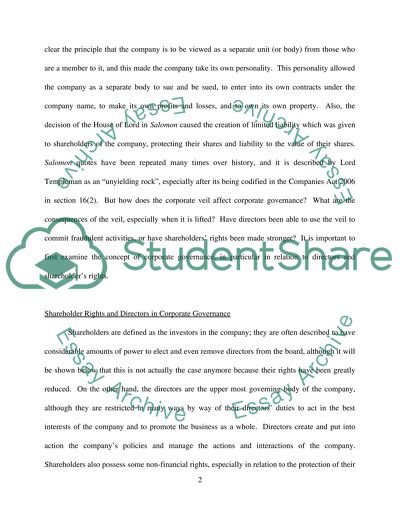Cite this document
(“The Corporate Veil in the UK and US Coursework Example | Topics and Well Written Essays - 3750 words”, n.d.)
Retrieved from https://studentshare.org/law/1393038-the-corporate-veil-in-the-uk-and-us
Retrieved from https://studentshare.org/law/1393038-the-corporate-veil-in-the-uk-and-us
(The Corporate Veil in the UK and US Coursework Example | Topics and Well Written Essays - 3750 Words)
https://studentshare.org/law/1393038-the-corporate-veil-in-the-uk-and-us.
https://studentshare.org/law/1393038-the-corporate-veil-in-the-uk-and-us.
“The Corporate Veil in the UK and US Coursework Example | Topics and Well Written Essays - 3750 Words”, n.d. https://studentshare.org/law/1393038-the-corporate-veil-in-the-uk-and-us.


